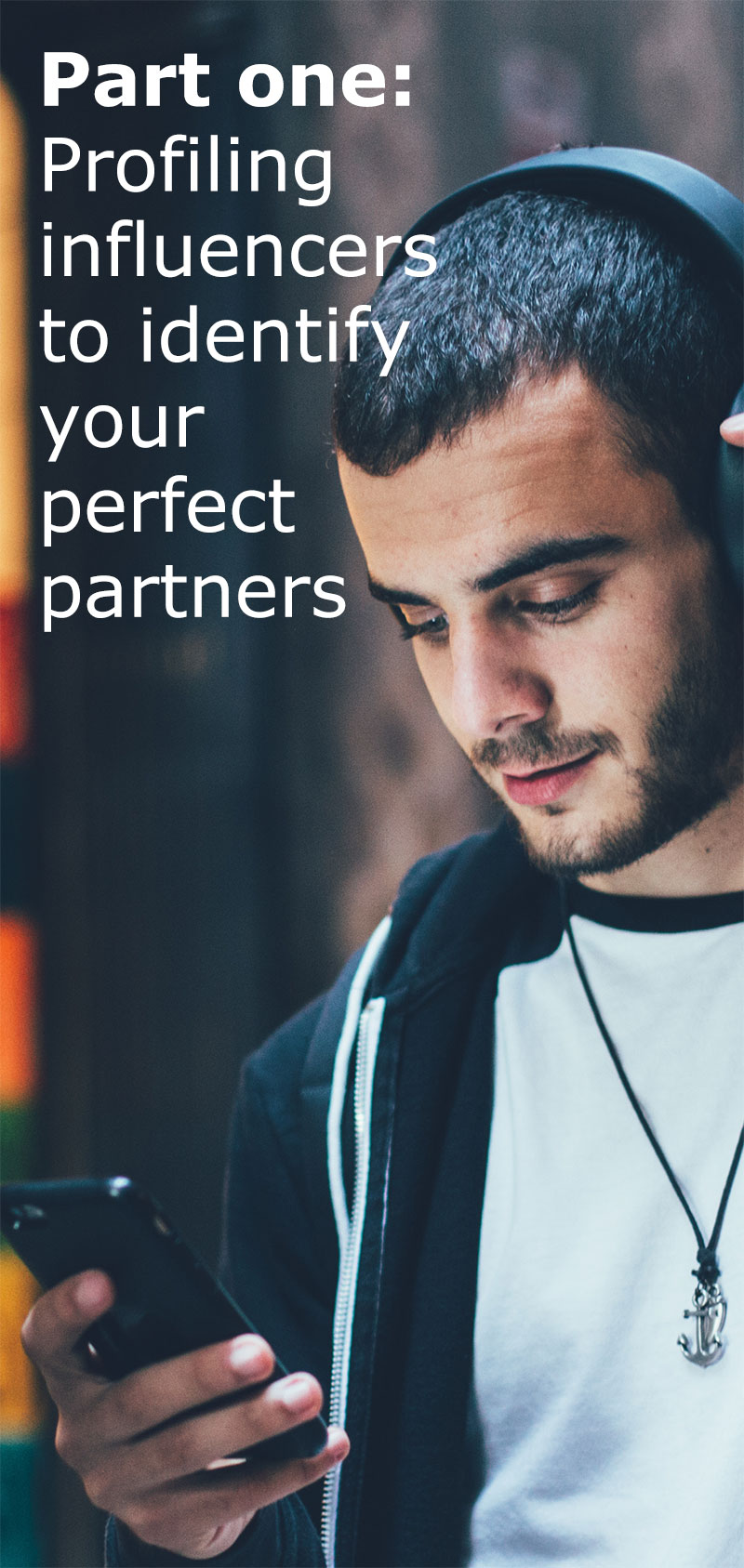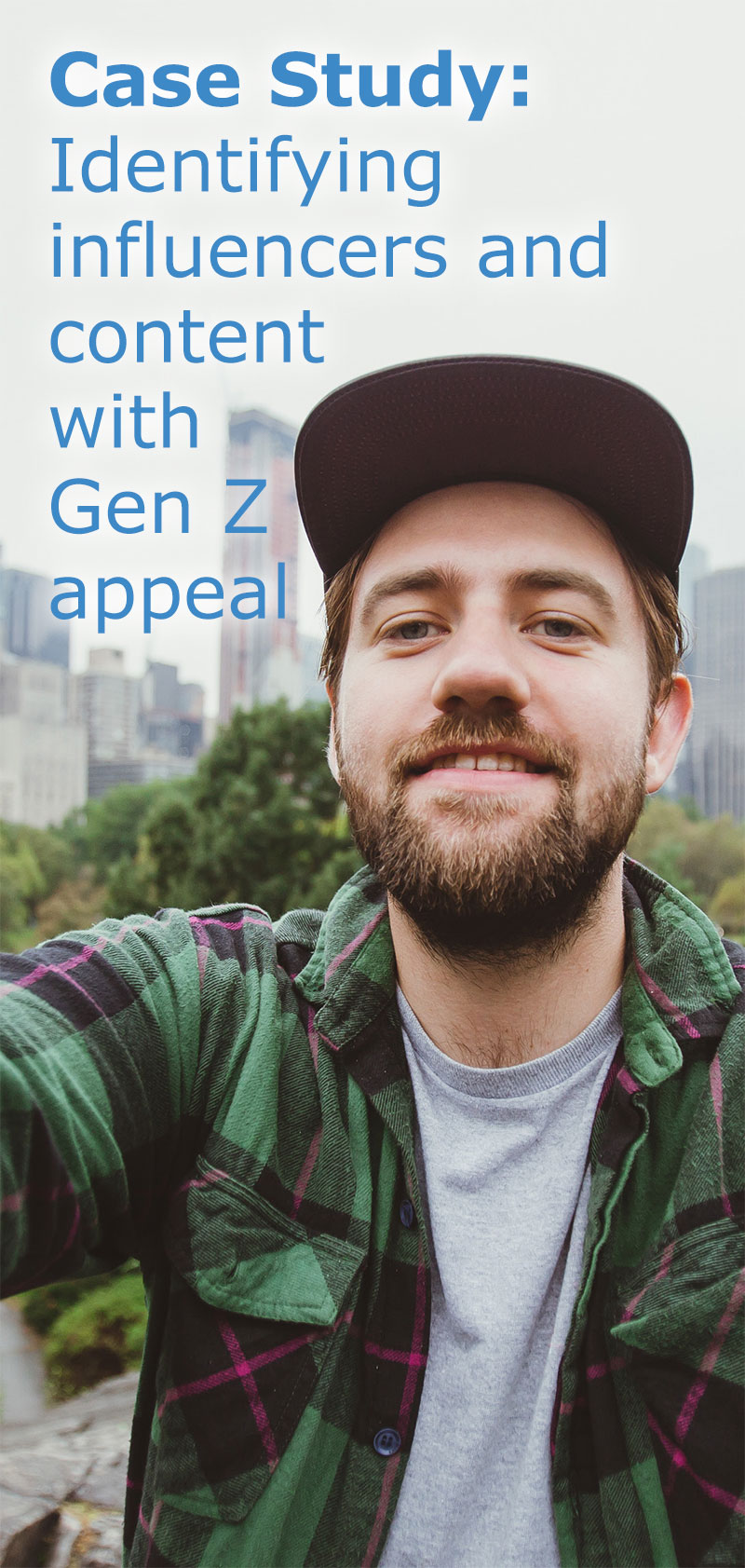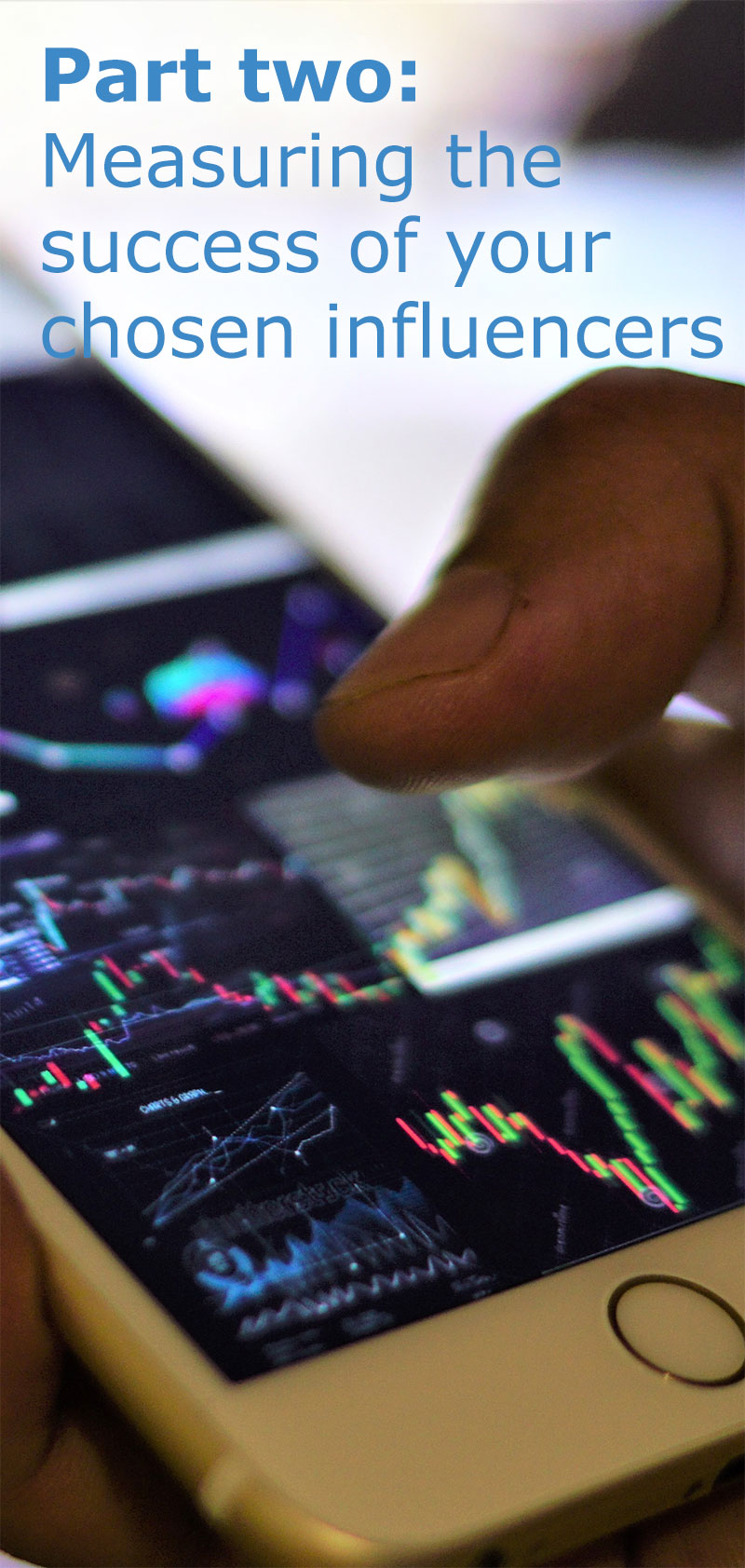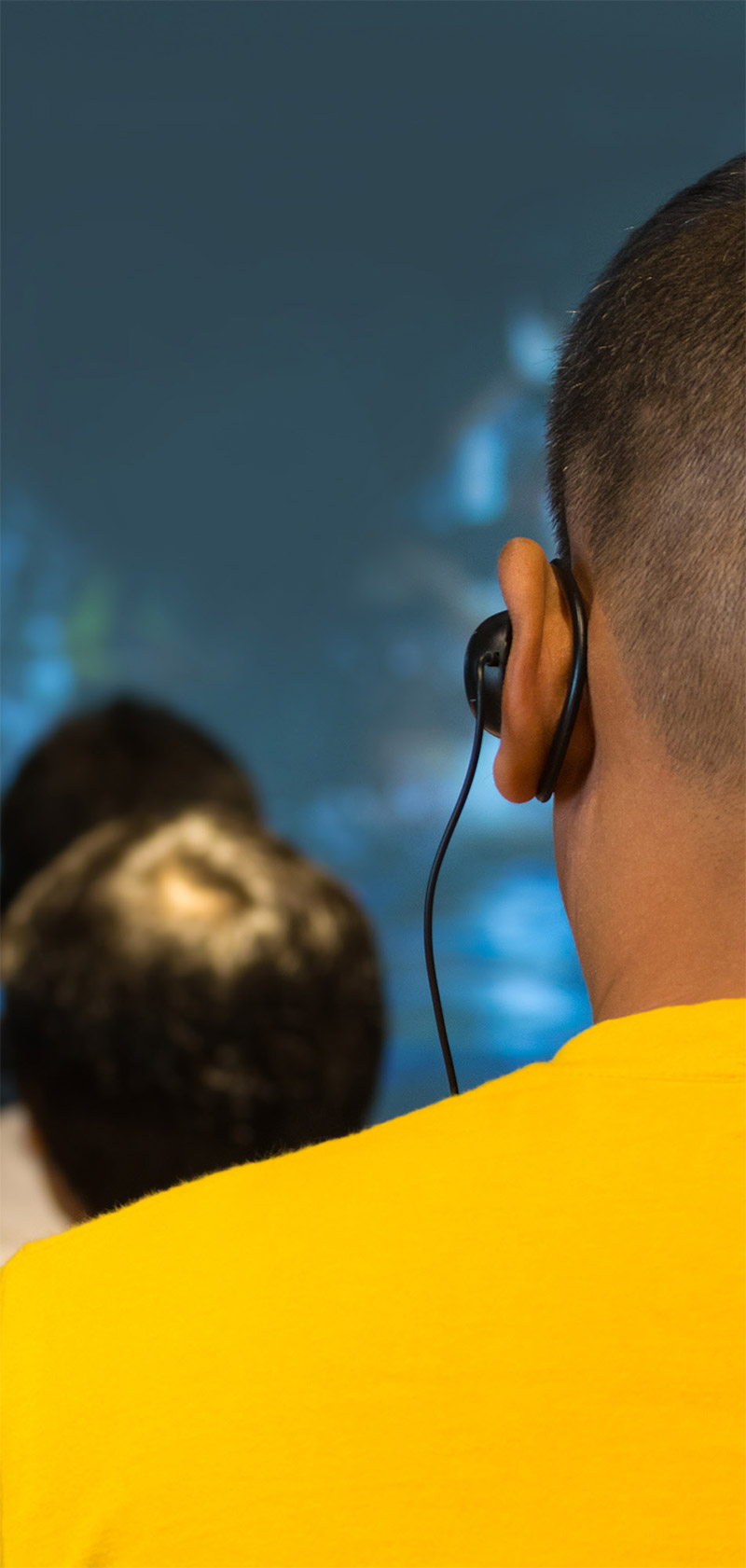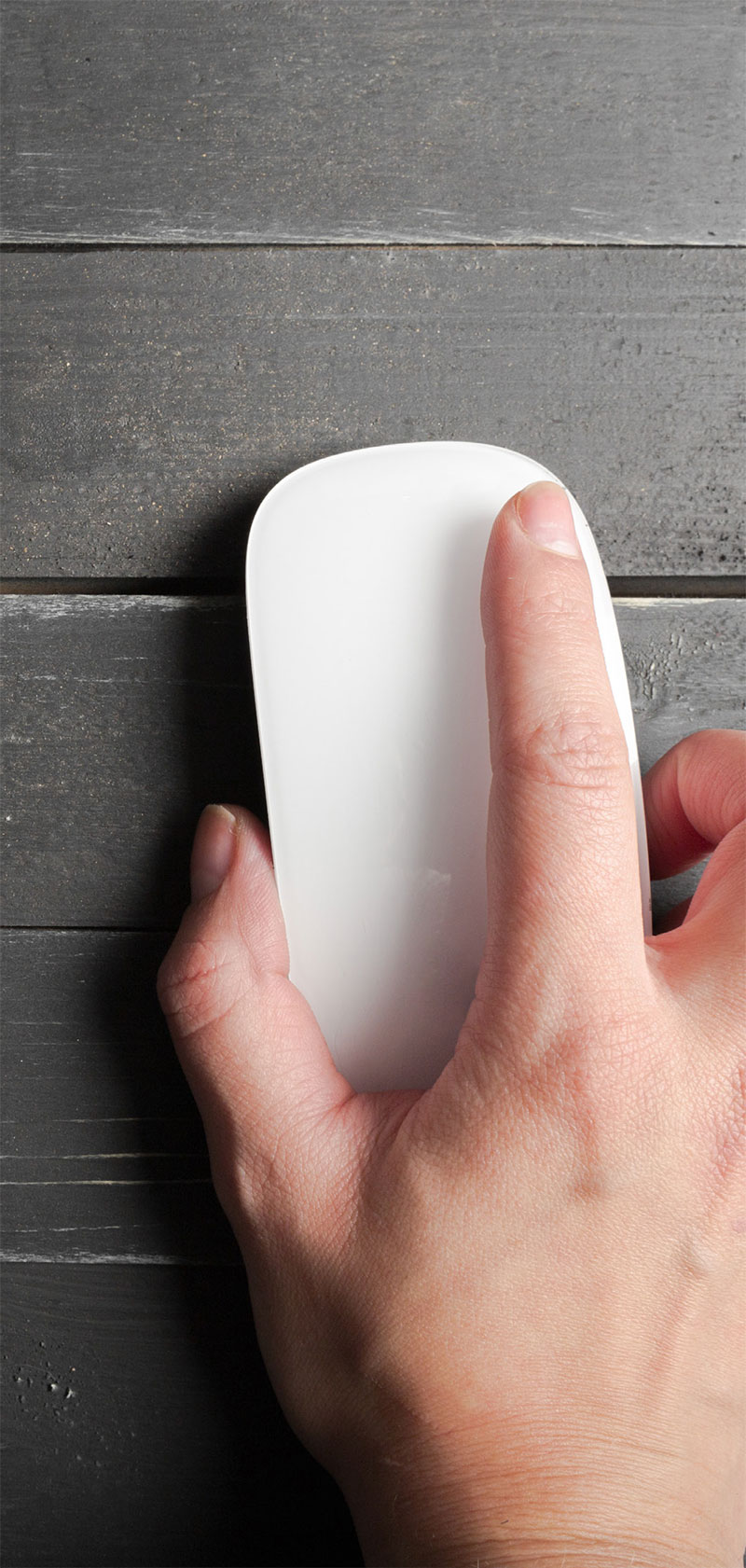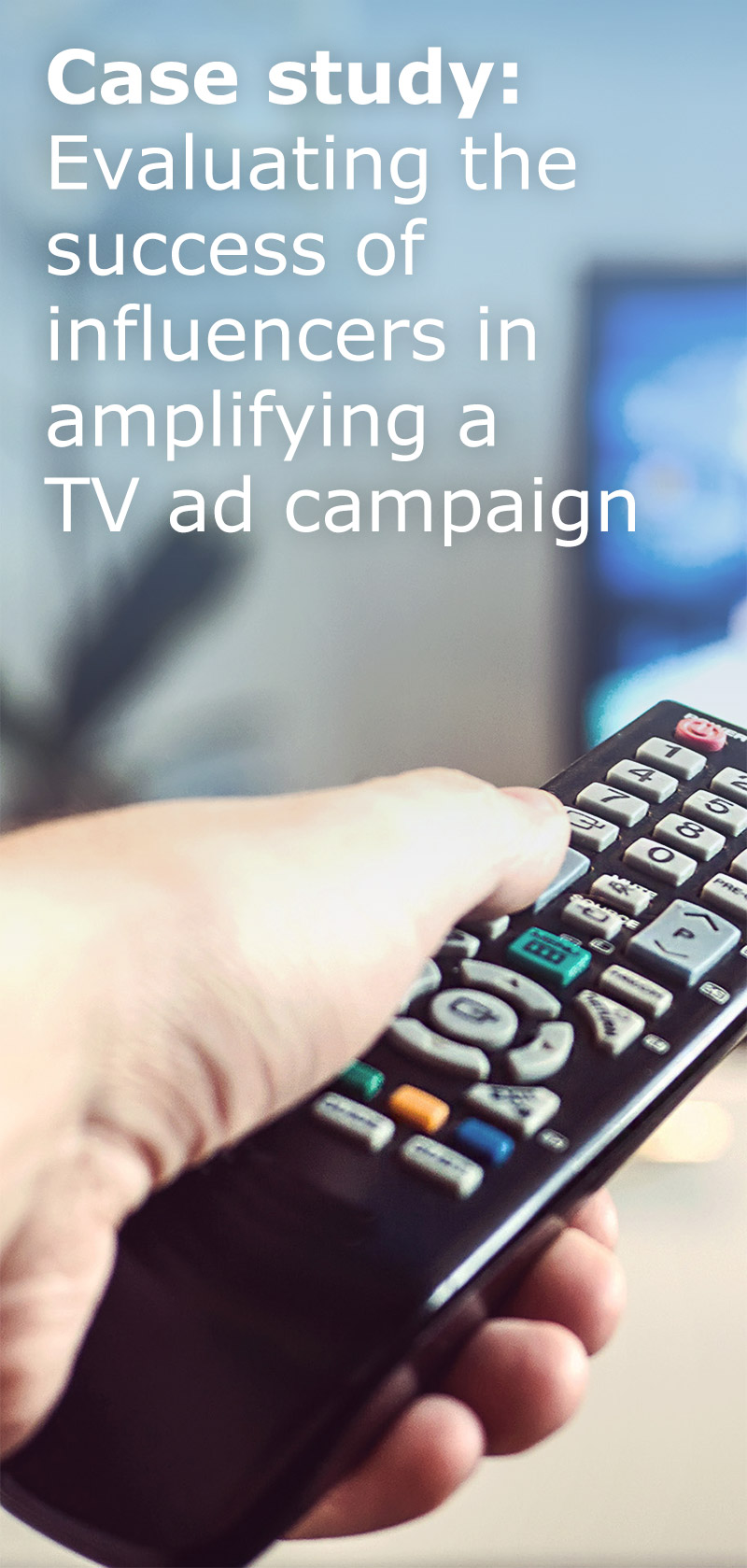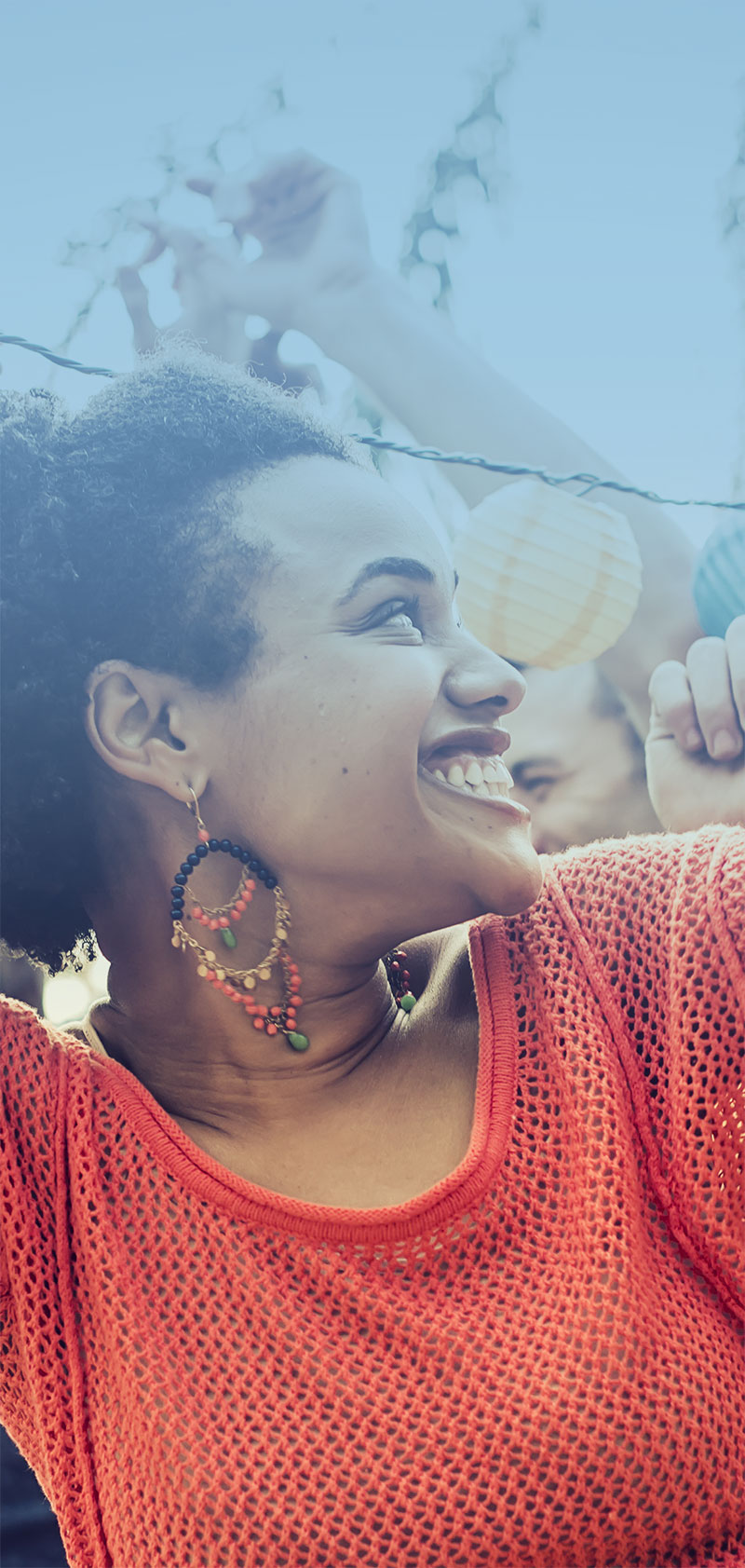Identifying your ideal social media influencers and measuring their success
The power of word-of-mouth recommendation has long been recognized, but influencer marketing has the potential to take this to a new level. With almost three quarters of teenage YouTube subscribers trusting social media influencers’ opinions over traditional celebrity endorsement, it offers brands a fresh way to engage with hard-to-reach younger audiences.
It also provides a way to extend the reach of their campaigns at a time when traditional digital advertising is facing a number of challenges. These include new EU regulation in the form of General Data Protection Regulation (GDPR) and the rise of ad blocking. Recent figures show that 47% of consumers now use ad blockers, while there are 600 million devices blocking ads globally.


But influencer marketing is a comparatively new marketing channel, and there are still unanswered questions regarding its impact. Common client queries that we face at MetrixLab include:
- Am I using the right influencers?
- Should I be using numerous micro influencers or a small group of influencers with a large following?
- Which content works best in terms of driving audience engagement and action?
- Which social media channels (e.g. Facebook, Instagram, YouTube, Twitter) are most effective when it comes to reaching my audience?
- How is the influencer channel performing in terms of reach, effect and efficiency compared to other media channels (e.g. TV, print, online video)?
To enable our clients to answer such questions, we’ve devised a sophisticated solution to help them measure, understand and improve their influencer marketing

Introducing our Buzz Influencer solution
This combines survey data and user-generated content, which is analyzed using a blend of human analysis and artificial intelligence. This is no one-size-fits all approach. We understand that each brand is unique and has its own specific marketing objectives. Yours is no exception. Buzz Influencer is a one-stop solution to identifying the perfect influencer partners for your brand, and evaluating their performance against your specific benchmarks.
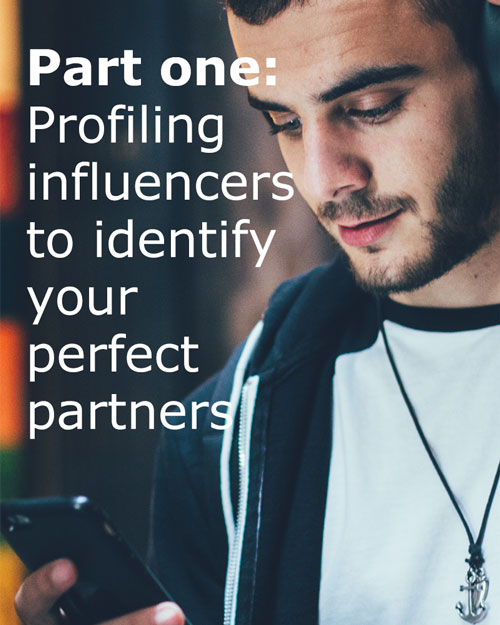
As with traditional celebrity endorsement, the success of a brand partnership with a social media influencer relies on a close fit between the brand’s and the influencer’s values. It also depends on an array of tangible and intangible elements like the credibility, likeability and attractiveness of the influencer to the brand’s target audience. Consequently, it really pays to get to know the influencers you’ll be entrusting your brand to.
There are tools in the market that can tell you a certain amount about influencers. They have a pre-set list of influencers organized according to their demographics, reach (number of followers) and main interests. However, this information alone won’t tell you the whole story or provide enough granular level detail to determine an influencer’s potential. For example, it doesn’t tell you if they have any ties with other brands, or about the content they have posted, or their relationship with your target audience, or how good they are at amplifying a brand’s messages.
We take a different approach by looking at all publicly available social media content around a particular topic or brand to identify natural trends and those influencers involved in them. We evaluate these influencers, who can be known or unknown, based on their reach and relevance among target audiences. We analyze their publicly available online profile, posting and content history, links with brands, audience, discussion topics, and their ability to amplify or raise awareness of an issue. This enables us to produce a scorecard for each influencer, as well as an influencer ranking and activation plan.


Micro or macro influencers?
At this point, it’s worth noting that a number of myths surround influencers because they are a comparatively new marketing channel. For example, when it comes to the number of followers they have, size isn’t all important. While the media coverage they generate means that an endorsement from one of the Kardashians might seem the dream, working with influencers who have smaller audiences could have more impact. Reach isn’t everything. Careful targeting of your campaigns and ensuring messages are communicated by the right person will be essential to their success.


Alternatively, you might be best served by using a combination of micro and macro influencers. This approach has been widely adopted by the beauty industry. Leading beauty brand L’Oréal can probably be described as one of its pioneers. Its choice of influencers is based on how effectively they can engage its target audiences rather than the number of followers they have. L’Oréal assesses engagement levels based on the feedback provided by influencers’ followers and user-generated content insights. In this way, it can determine just what makes its target audience engage with products. It also enables it to understand what triggers people to respond to content and take action. Eventually, of course, this ties back to sales, which is the ultimate goal for many brands.

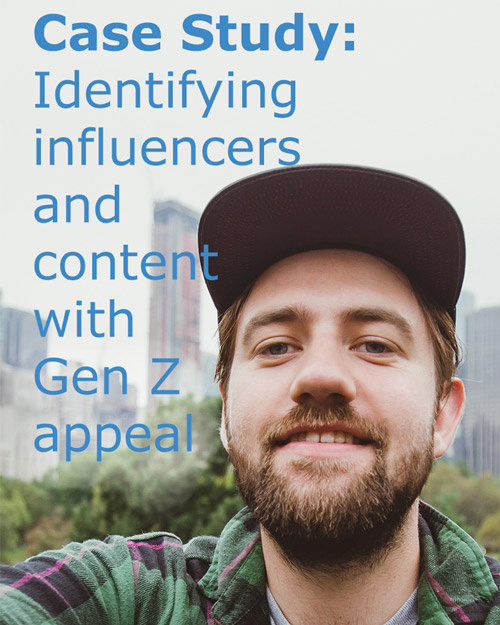
In a recent project for a Fortune 500 company, we helped it to identify the right social media influencers to promote its brand to Gen Z (also known as Millennials, this group consists of those born between the 1980s and late 1990s). Define your brand’s next steps based on the opinion of your consumers.
Based on our findings, we were able to recommend that the company could better engage its target audience by using:
- Influencers with a moderate number of followers because they were perceived to be more credible and authentic
- Visually rich yet simple content
- Other digital campaign elements in conjunction with influencers to increase its online brand awareness
The latter recommendation was particularly important, for our research indicated that a brand’s own social media performance and how well it was already known by the target audience had a direct impact on the effectiveness of influencers.
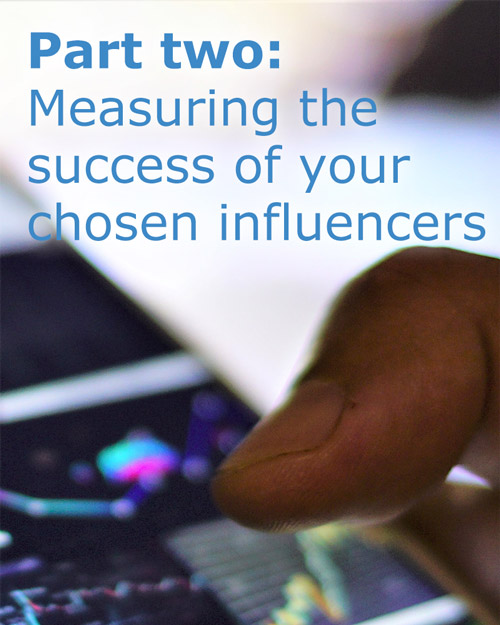
Once you have found the perfect social media influencers to partner with, a key question remains: will they deliver against your specific marketing objectives?
Your influencers meet all of your criteria in terms of relevance and reach, that’s why you’ve chosen to work with them. But, now that your campaign is live, are they actually reaching your target audience with information about your brand? What’s more, are they and the messages they’re communicating on your behalf perceived as relevant and authentic by this audience?
We help advertisers to answer these questions and understand which influencers engage with their followers in a relevant and meaningful way that is authentic to their brand. Using a combination of surveys and social insights, we can uncover the brand impact of influencers overall. We can also assess the ability of campaigns involving them to break through and engage the target audience. We can even determine the strengths of the creative content shared by influencers.
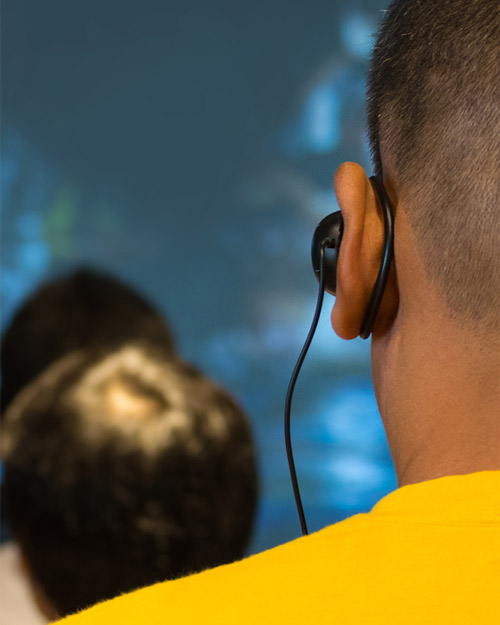
Gain insight into your target audience’s engagement levels
One way in which we determine influencer performance is via follower engagement levels. In the context of influencer marketing, we measure engagement based on the degree to which influencers’ followers respond to the content they share on social media about a brand. The indicators of engagement levels that we track include comments, shares, likes and views.
However, these elements alone do not provide a complete understanding of the success of an influencer partnership or campaign. Indeed, as you’ll no doubt know, there are many online tools that provide such information. What you need is to understand what these numbers mean over time and in context. Only then can you optimize and maximize your influencer activities.
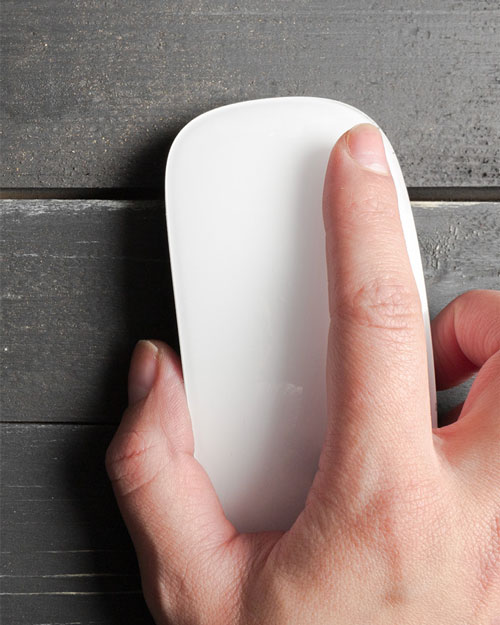
Going beyond clicks to measure the drivers of attitudes and action
Using social insights based on the content shared by your influencers’ followers, our Buzz Influencer solution can help you to look beyond simple brand mentions, and the reach and engagement levels of your influencers. It can provide insights into the sentiment and the quality of the content shared. By doing this for each influencer in a qualitative way, it can explain the differences in their performance overall and of their individual posts, texts, pictures and images. Just as we use survey questions to understand the creative quality of an ad, we can, in this way, use social listening to understand the creative quality of the content shared by your influencers.
What’s more, we can combine this information with a survey-based cross-media study to measure the impact of your influencer channel against other more traditional campaign assets – for example, an offline brand sponsored event and/or digital advertising.
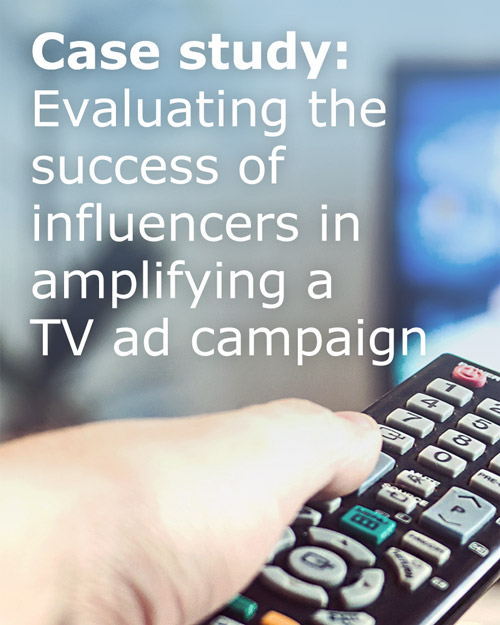
Our client, a global manufacturer of confectionary, was experimenting with influencer marketing alongside its TV advertising. The challenge for the manufacturer was to ensure its brand continued to appeal to its target audience of Millennials as they moved from childhood to adolescence. It deemed using social influencers in Russia, France and Australia as the ideal way to engage this digitally-literate audience and amplify its TV advertising campaign. But was its campaign strategy
working? That’s where we came in.
We conducted online surveys before and at the height of the campaign to determine the overall impact of the influencers on the target audience. The creativity of key pieces of content relating to the brand and shared by individual influencers was assessed during the survey. We assessed the online conversations stimulated by influencer posts throughout the campaign period to determine the key topics of conversation, their sentiment and reach.

Our research showed that the manufacturer’s influencer campaign added both reach (3%) and impact (19%) to its TV advertising. We also highlighted how the effect of influencers could be further enhanced in future by briefing them to ensure the content they shared more closely fit the brand.
Based on these insights, the manufacturer launched a new and optimized influencer campaign for another of its brands.
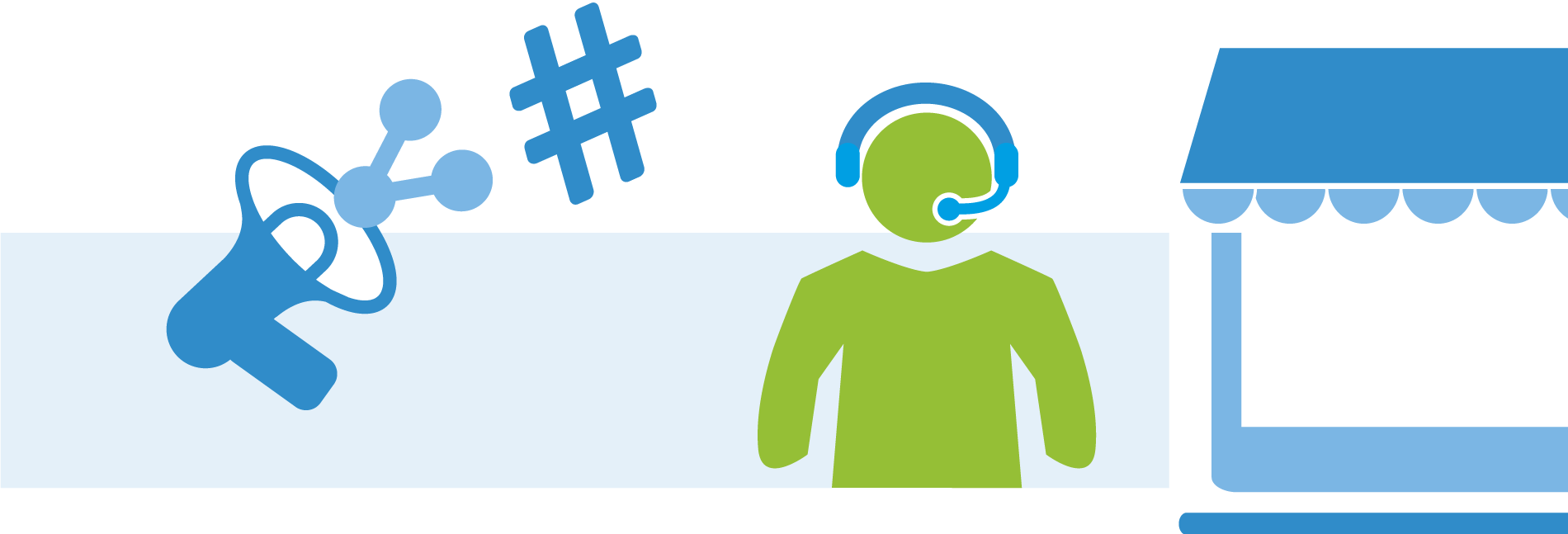
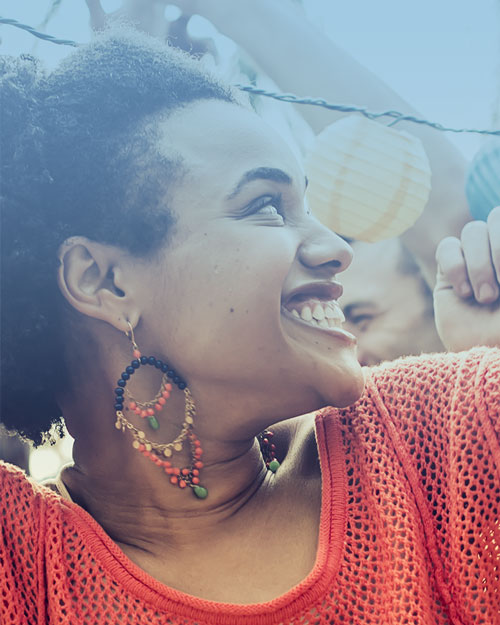
The key benefits of Buzz Influencers at a glance
In a nutshell, our detailed analysis will help you to understand and decide:
- Which influencers you should work with.
- Which type of influencer posts (e.g. video, photo, etc.) or social media channels best drive engagement.
- Whether influencers are effective at driving opinion and action through, for e.g., calls to action.
- Whether an influencer campaign was a success in terms of the return on investment generated or against other media channels.
- A flexible approach – with the ability to add tailored media behavior questions to evaluate the audience’s exposure to influencers versus other channels.
- A multi-level approach – with surveys used to uncover the brand impact of influencers overall and social insights utilized to reveal their individual performance.
- A blended approach: quantitative insights are used to evaluate the ability of the influencer campaign to break through, while qualitative insights expose the strength and quality of its creative content.
- A bespoke approach – with benchmarks developed in-house.
Author

Selin Varol
Research Manager,
Social Insights
Why not put our influencer matchmakers and measurement experts to the test?
Want to know more?
We’re just an email away.
Contact one of our expertsAbout MetrixLab
MetrixLab provides consumer insights that drive smarter business decisions. A truly global digital research agency, we pioneer new technologies and integrate multiple data sources to push the boundaries of research. This enables our experts to provide high-quality insights at scale, at speed and for an unparalleled value. Our passion, expertise, and solutions enable our clients to succeed at product innovation, brand engagement, and consumer value.
Active in over 90 countries, MetrixLab is a proud partner of more than half of the world’s top 100 brands and part of Toluna.
© Perfectly Possible Designs
MetrixLab operates a Social Insights Privacy Policy, which takes into account the privacy of people publishing content online.



